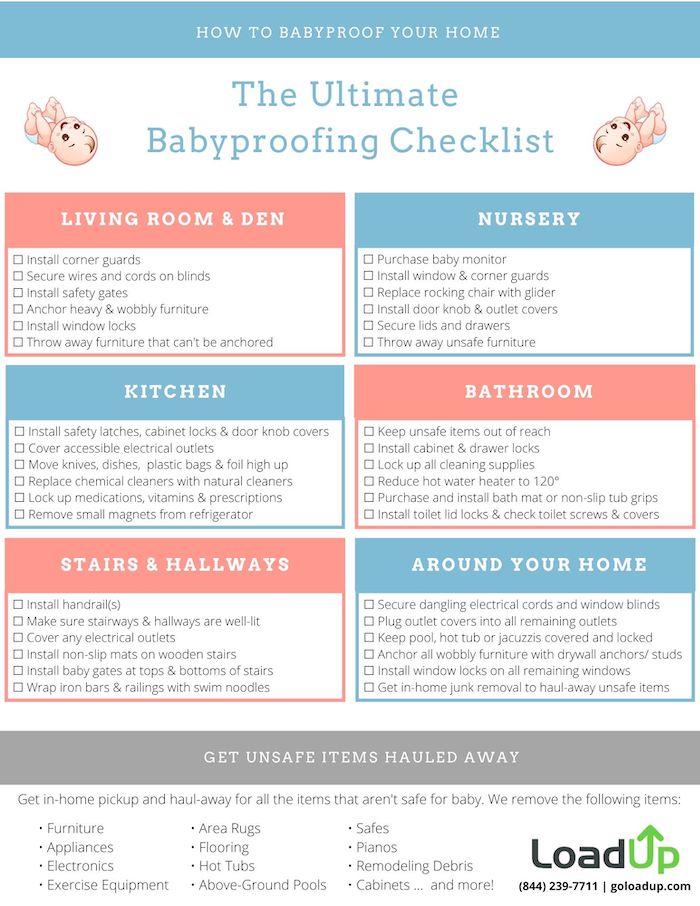

Leave a hall light on at night, or use sensor lights to make it easier for older children to get to the toilet without tripping.ĭon’t leave babies unattended on raised surfaces like change tables, sofas or beds.This will stop your child climbing out and falling.
Ways to babyproof your house windows#
When your child starts climbing, lock windows – particularly upper-storey windows – restrict window openings, or shield them with firmly attached window guards.And you still need to supervise your child on stairs and balconies.
Ways to babyproof your house install#
When your child starts crawling, install safety guards across entries to stairs and balconies.You can help to keep your child safe by watching the new skills they’re learning, and the new places they can reach – and then adjusting your home. Replace electrical appliances and cords if they’re worn.įalls are the most common cause of injuries and visits to hospital in every age group.Get a licensed electrician to do any repairs.Get a licensed electrician to install safety switches, which cut power off quickly to avoid electrocution.Here are tips for electrical safety at home: You can also read more about first aid for burns and scalds. Print out our illustrated guide to burns and scalds first aid for easy reference in an emergency. You still need to mix cold water with the hot water coming out of your taps to get the right bath temperature for babies and children. Have the hot water delivered to your bathroom at maximum of 50☌.Always test bath water temperature before bathing children – the safest bath temperature is 37-38☌.Avoid holding your child if you’re having hot food and drinks.Keep hot food and drinks away from and out of reach of children.Here are some simple safety precautions to avoid these risks: Hot food and drinks and too-hot baths are a major cause of scalds for babies and children. Keep a close eye on your child whenever they’re near things that can burn – especially around stoves, ovens, microwaves, heaters and other appliances. To prevent burns, keep your child away from fire and hot surfaces. There are no Australian Standards for change tables and safety gates, so it’s important to look carefully at the safety features of any tables and gates you’re interested in. Always look for cots, mattresses, portacots and high chairs with the Australian Standards mark. Safe baby furniture and baby equipment will help to protect your child. If children have a creative space to play and explore, with plenty of interesting things to do and look at, they’ll be less likely to seek their own stimulation by exploring areas you might not want them to get into. You’ll probably need to change the environment to make sure your home is still a safe and creative place to play and explore.Īnd along with supervision and a safe environment, you can also improve home safety by teaching your child about what’s safe and what’s not. That’s why supervision is one of the keys to child safety at home.Īlso, as your child grows and learns to climb and open things, you need to be alert for new hazards.

But you can keep your child safe by finding out what the risks are, and then preventing or removing them.īut even when you think you’ve removed all the home safety hazards, the reality is that children can still have tumbles and falls. Your adult-friendly home has many potential hazards for a child.


 0 kommentar(er)
0 kommentar(er)
